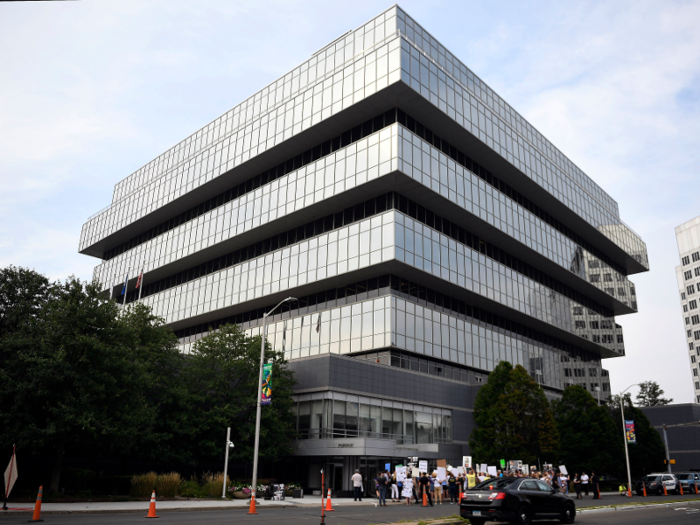
Source: Forbes

Source: The New York Times


Source: Business Insider

Source: Esquire

Source: The New Yorker

Source: The Guardian, Politico, Esquire

Source: The Guardian, The New Yorker

Source: The Guardian

Source: The Guardian

Source: The New Yorker, The Guardian

Source: The Guardian

Source: The Guardian

Source: Esquire

Source: Esquire



Source: The New Yorker
 Saudi Arabia wants China to help fund its struggling $500 billion Neom megaproject. Investors may not be too excited.
Saudi Arabia wants China to help fund its struggling $500 billion Neom megaproject. Investors may not be too excited. I spent $2,000 for 7 nights in a 179-square-foot room on one of the world's largest cruise ships. Take a look inside my cabin.
I spent $2,000 for 7 nights in a 179-square-foot room on one of the world's largest cruise ships. Take a look inside my cabin. One of the world's only 5-star airlines seems to be considering asking business-class passengers to bring their own cutlery
One of the world's only 5-star airlines seems to be considering asking business-class passengers to bring their own cutlery Sensex, Nifty climb in early trade on firm global market trends
Sensex, Nifty climb in early trade on firm global market trends
 Nonprofit Business Models
Nonprofit Business Models
 From terrace to table: 8 Edible plants you can grow in your home
From terrace to table: 8 Edible plants you can grow in your home

Copyright © 2024. Times Internet Limited. All rights reserved.For reprint rights. Times Syndication Service.